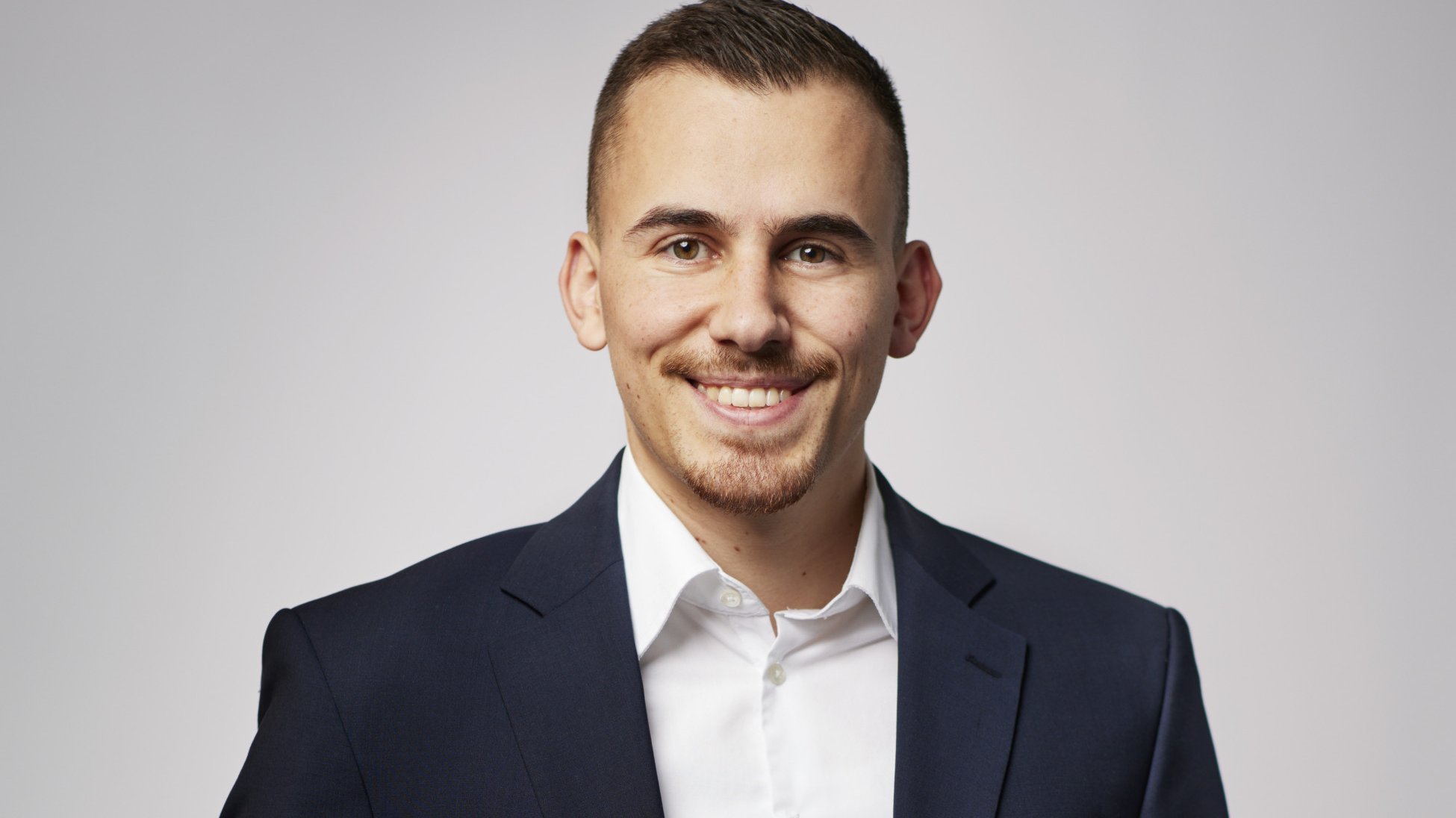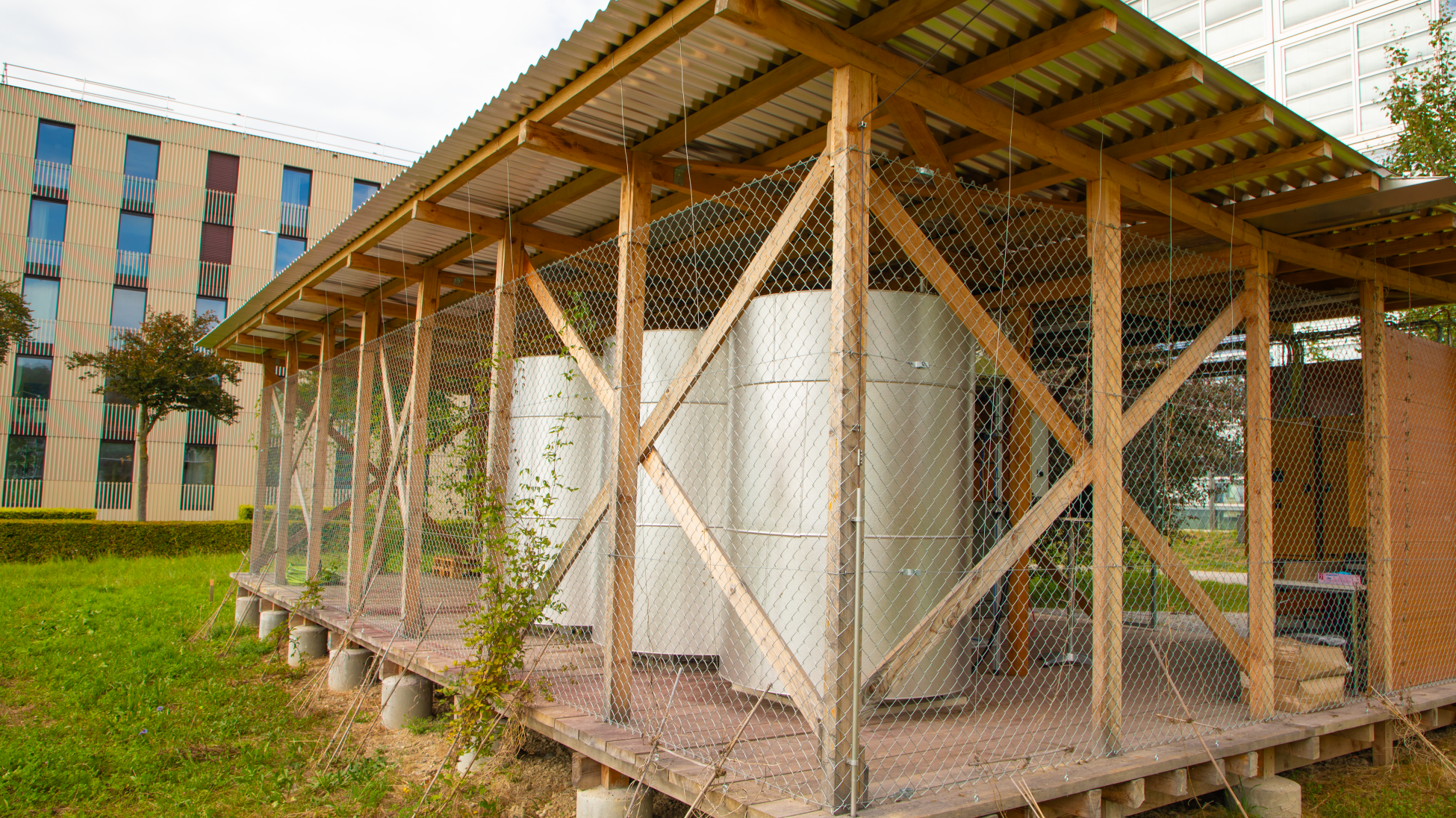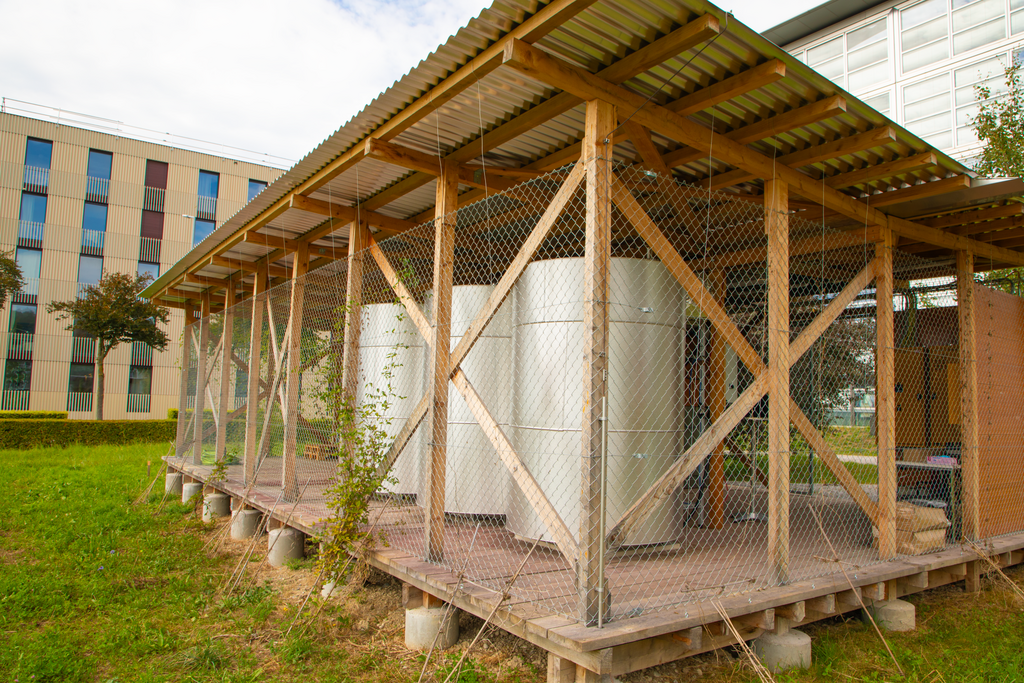Campus - 13.08.2025 - 10:43

What to do with the solar power that is abundant in summer but lacking in winter? The answer could lie in iron. More precisely, in a process that stores energy in iron and releases it again when needed. This is exactly what the young cleantech start-up Iron Energy, a spin-off of ETH Zurich co-founded by HSG student Daniel Bloch, is developing. The vision: a renewable energy supply that is seasonally independent, secure and affordable.
Solar energy is booming: between 2019 and 2023, the newly installed capacity of photovoltaic systems in Switzerland increased by up to 58 per cent annually. ‘The problem with electricity from photovoltaic systems is that it is available in abundance in summer but scarce in winter. We want to help close the supply gap,’ says Bloch.
![[Translate to English:] So funktioniert der Prozess.](https://www.unisg.ch/fileadmin/_processed_/b/b/csm_Process_Visualization_54ae15b7bd.png)
Storage is based on the steam-iron process. This is a historical process for producing hydrogen. However, Iron Energy uses this process to store hydrogen.
During periods of excess electricity – especially in summer – solar power is used to split water into its components, hydrogen and oxygen, through electrolysis. The hydrogen then reacts with iron oxide pellets in large tanks to form chemically pure iron.
‘The energy is then bound in the iron and can be stored for months with virtually no loss,’ says Bloch. In the cold season, the process is reversed: water vapour comes into contact with the iron, and the reaction produces hydrogen again – which can then be reused in the chemical industry or converted into electricity or heat. To minimise the amount of energy required for this process, the waste heat from the discharge reaction is used to generate the water vapour. The iron oxide produced in the reaction can be reused.
The technology was developed over several years at ETH Zurich by co-founder Samuel Heiniger. Heiniger, who knew Bloch from earlier days, asked him if he wanted to start a company and contribute his business expertise. Bloch jumped at the chance: he first wrote his HSG Master's thesis on Iron Energy, and today he is co-founder and CFO of the start-up, which will be officially launched in 2024.
‘HSG gave me a very broad knowledge base and many tools during my studies. And to this day, I can still ask former lecturers, who very often have practical experience, for advice and help with networking,’ says Bloch, who is in the final stages of his master's degree.

A pilot plant has been in operation on the Hönggerberg campus of ETH Zurich since summer 2023 (see image on the right). This plant consists of three stainless steel boilers, each filled with two to three tonnes of commercially available iron ore (mainly consisting of iron oxide). At the same time, work is underway on the first commercial plant in Finland, which is scheduled to go into operation in 2026. The plan is to achieve a storage capacity of 200 MWh, housed in a transport container.
And all this with a material that is cheaper and safer than batteries or traditional hydrogen storage systems: ‘Iron ore is a cheap and readily available raw material. It can be stored safely and easily in tanks,’ says Bloch. It also requires little space – a 12-metre-long container can cover the energy needs of around 100 single-family homes.
In contrast, traditional hydrogen storage is complex: it is highly flammable and volatile and must be stored under high pressure. ‘The iron ore in our process does not require any special treatment. And it can be reused again and again,’ says Bloch.
In 2026, the new Electricity Act will come into force in Switzerland. It will allow the formation of local electricity communities (LEGs) in which electricity can be jointly produced, shared and sold. Iron Energy is targeting this gap, among other things: decentralised, seasonal storage solutions for municipalities, neighbourhoods and industrial companies. Energy suppliers are also interested. Letters of intent worth several million Swiss francs have already been signed with partners.
However, the start-up still faces a few challenges: investors are still being sought for the next round of financing, and the plant development still needs some technical fine-tuning. The four-person team is working hard to realise its vision: ‘We believe that our technology has a lot of potential – it could one day supply Switzerland with sustainable energy independently,’ says Bloch.
